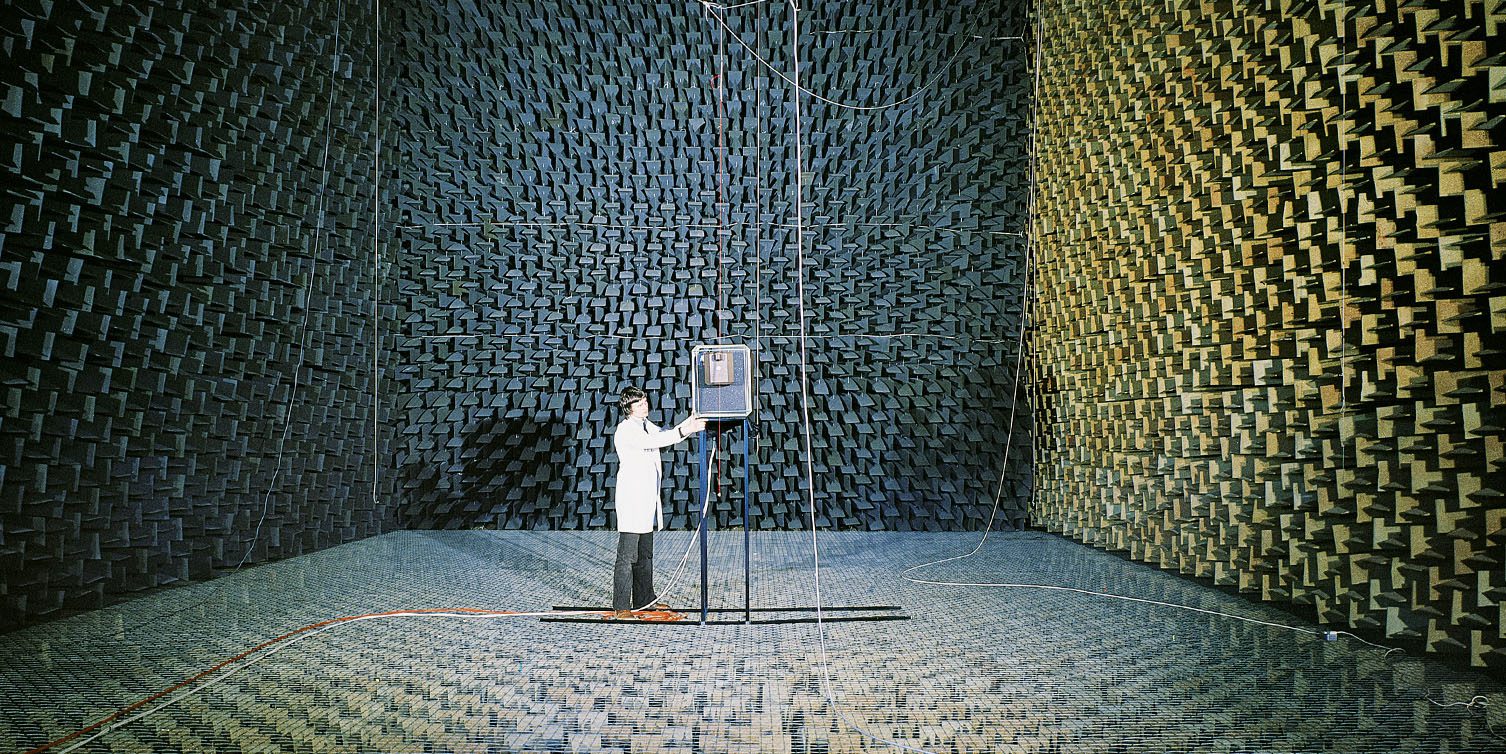
The Steyning Research Establishment, inaugurated by John Bowers in 1981, was not merely a research facility but the cornerstone of Bowers & Wilkins’ commitment to pioneering audio technology. Bowers envisioned SRE as a crucible for innovation, where theoretical acoustics and practical engineering would converge to push the boundaries of sound reproduction. This establishment was tasked with a formidable challenge: to explore uncharted territories in audio science and translate those discoveries into tangible technologies that would redefine the industry’s standards for sound quality.
The B&W 801 Speaker: A Beacon of Innovation
The B&W 801 speaker, introduced in 1979, marked the beginning of SRE’s journey towards acoustic excellence. This speaker was among the first to leverage computer-aided design techniques, allowing for meticulous modeling and simulation of acoustic behaviors. This was a significant departure from the traditional trial-and-error approach to speaker design, enabling the team to anticipate and engineer around potential acoustic flaws before physical prototypes were constructed. The 801’s success was not only in its superior sound quality but in demonstrating the efficacy of integrating digital technologies into the design process, setting a new paradigm for loudspeaker engineering.
Matrix Bracing System: Tackling Cabinet Resonance
The development of the Matrix bracing system addressed a longstanding challenge in speaker design: cabinet resonance. Unwanted vibrations within the speaker cabinet can significantly color and distort the sound output, detracting from the audio fidelity. The Matrix system introduced a novel approach to internal bracing, using a network of interlocking panels to reinforce the cabinet structure, thereby dampening resonance and minimizing vibration-induced distortion. This innovation was a testament to SRE’s holistic approach to speaker design, considering not just the components responsible for sound production but also the structural elements of the speaker itself.
The Nautilus Project: A Revolutionary Approach to Speaker Design
The Nautilus speaker was a groundbreaking project that epitomized SRE’s innovative spirit. Its spiral-shaped enclosure, designed to eliminate sound distortion from the rear of the driver, was a radical departure from conventional speaker designs. This project was the culmination of extensive research into how sound waves propagate and interact within a speaker enclosure. The Nautilus design effectively absorbed rearward sound emissions, preventing them from reflecting within the enclosure and causing interference with the direct sound output. This project illustrated SRE’s commitment to rethinking established design norms and its ability to conceptualize and realize novel solutions to complex acoustic challenges.
The Nautilus project itself, initiated John Bowers and brought to fruition by lead engineer Laurence Dickie, was revolutionary for its time, introducing the concept of an exponentially tapered tube to loudspeaker design. This design significantly reduced the negative effects of loudspeaker enclosures on sound quality. The Nautilus tube was such a groundbreaking innovation that it received a Queen’s Award for Innovation, underscoring its impact on the industry and on B&W’s future product designs, including updates to the revered B&W 801 speaker.
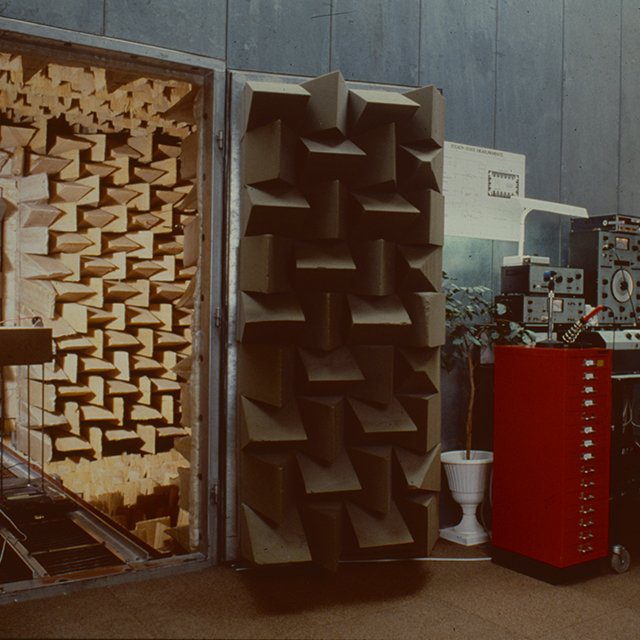
Material Science Breakthroughs: Beyond Traditional Components
SRE’s exploration into advanced materials led to significant breakthroughs, notably the transition from Kevlar to the Continuum cone material. This shift was driven by a nuanced understanding of how different materials influence sound wave propagation and damping. The Continuum cone was developed through rigorous testing and analysis, chosen for its superior performance in maintaining the purity of sound by minimizing unwanted resonances. This focus on material science underscored SRE’s multi-disciplinary approach to research, integrating insights from physics, chemistry, and engineering to enhance audio performance.
Diamond Tweeter Technology: Pushing the Limits of High-Frequency Clarity
The introduction of the Diamond tweeter represented a leap forward in high-frequency sound reproduction. The choice of synthetic diamond as a material was based on its exceptional stiffness-to-mass ratio, which allowed the tweeter to reproduce high frequencies with unprecedented precision and minimal distortion. This innovation highlighted SRE’s ability to identify and harness advanced materials to solve specific acoustic challenges, in this case, extending the tweeter’s operational range to frequencies beyond the audible spectrum, thereby ensuring a more natural and transparent sound.
Embracing Computational Acoustics for Design Precision
The adoption of computational acoustics and advanced modeling techniques marked a significant evolution in SRE’s design methodology. By simulating acoustic environments and speaker behaviors, the team could iterate and refine designs with a level of detail and accuracy previously unattainable. This transition from empirical design methods to a data-driven approach allowed SRE to predict how speakers would perform in various environments, leading to more consistent and optimized sound quality across different listening conditions.
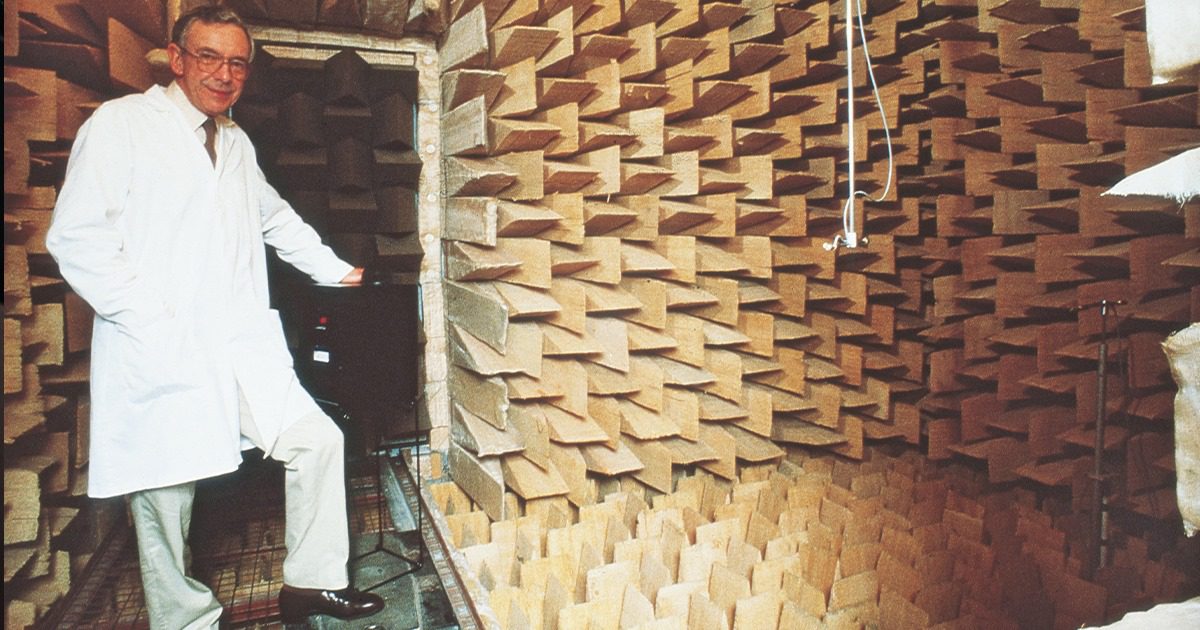
The Synergy of Aesthetics and Acoustics in Speaker Design
SRE’s design philosophy evolved to place equal emphasis on aesthetics and acoustics, recognizing that the physical design of a speaker contributes to the listener’s overall experience. Projects like the Nautilus showcased how innovative form factors could complement and enhance acoustic performance. This holistic approach to design demonstrated SRE’s understanding that speakers are not just functional devices but elements of living spaces, where form and function must coexist harmoniously.
Fostering Collaborative Innovation
SRE’s commitment to innovation was further amplified through collaborations with academic institutions, research labs, and technology firms. These partnerships expanded SRE’s research capabilities, bringing fresh perspectives and expertise to the table. By fostering an ecosystem of collaboration, SRE was able to stay at the forefront of technological advancements, ensuring that its research remained relevant and cutting-edge.
Legacy and Transition: SRE to Southwater
The transition from SRE to the Southwater Research Establishment marked a new chapter in B&W’s commitment to innovation. This move was more than a change of location; it was a strategic investment in the future of audio research, providing a modern facility equipped to tackle the next generation of acoustic challenges. Southwater was designed to build on SRE’s legacy, equipped with the latest research tools and designed to foster collaboration and creativity among its researchers.
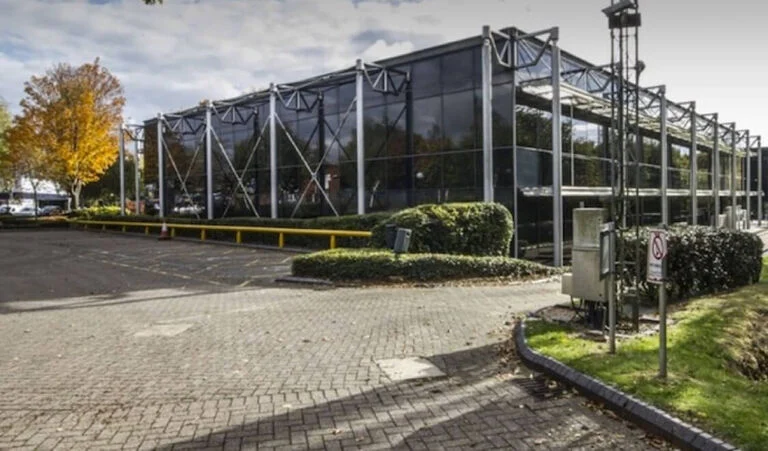
The Enduring Impact of SRE
The legacy of the Steyning Research Establishment is woven into the fabric of the audio industry. Through its commitment to pushing the boundaries of audio technology, SRE has left an indelible mark on how we understand and experience sound. Its contributions go beyond specific products or technologies; SRE exemplified a research ethos that blends scientific rigor with creative exploration, setting new standards for audio excellence that continue to resonate within the industry.
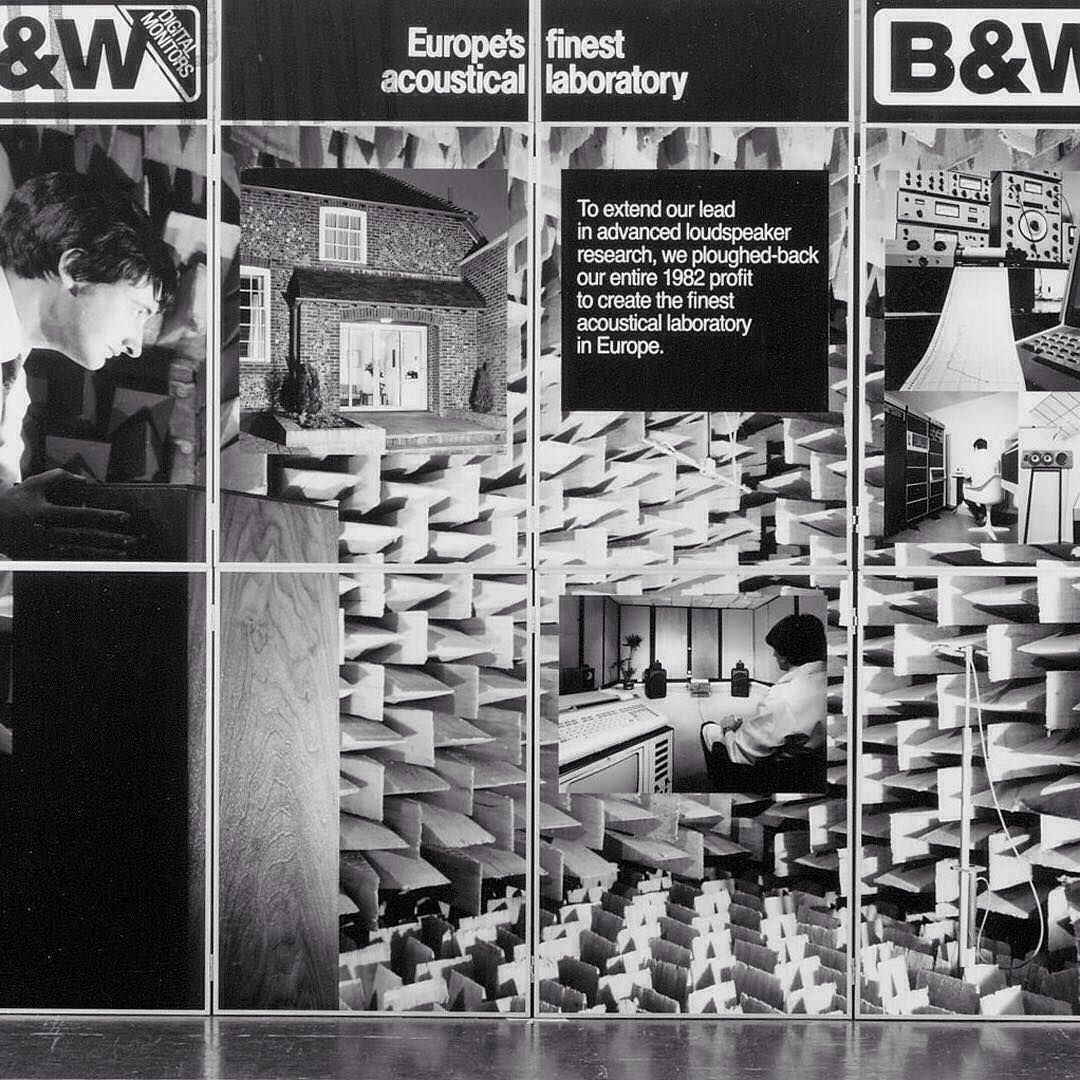





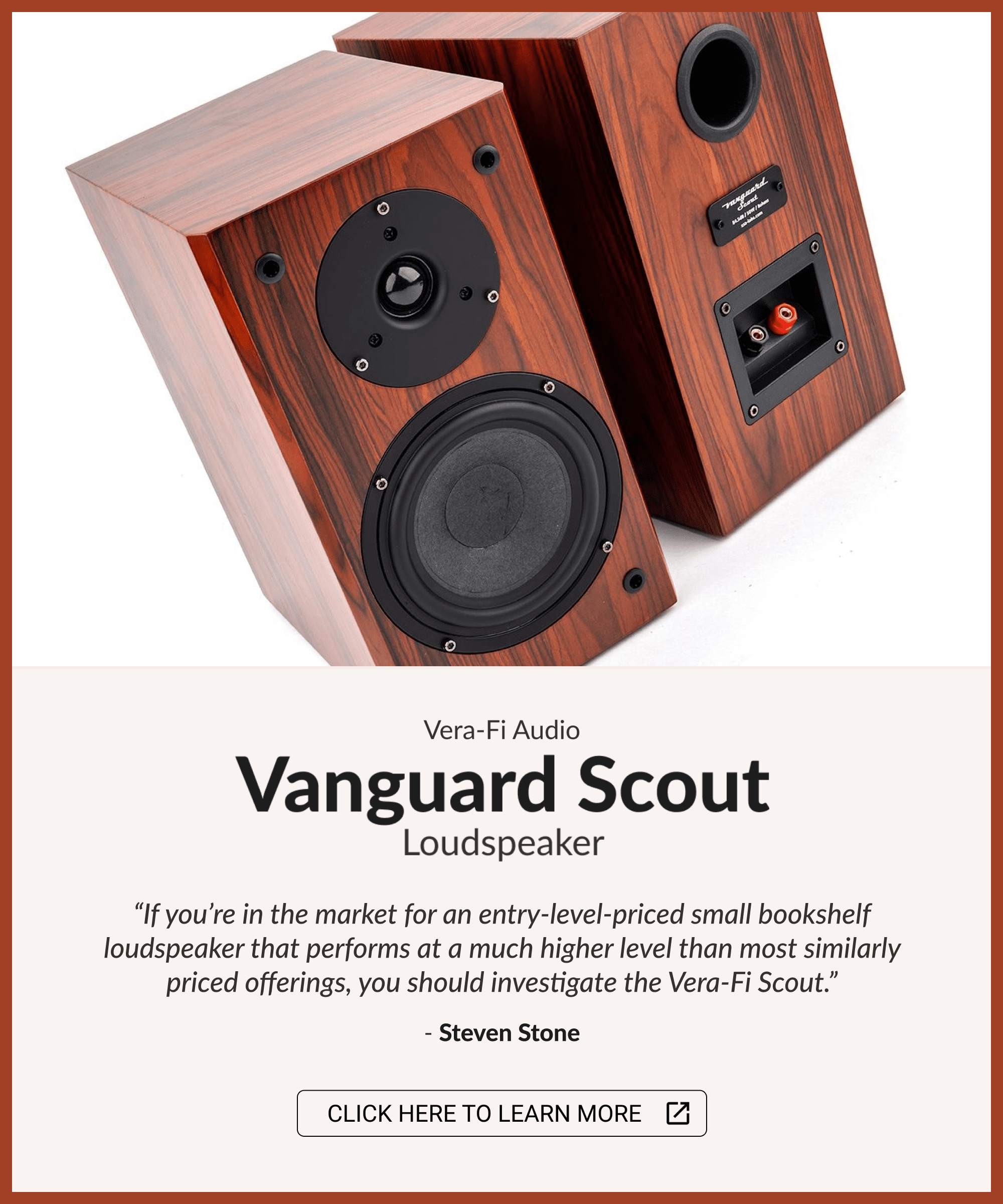









Leave a Reply